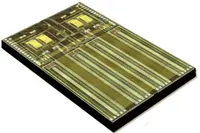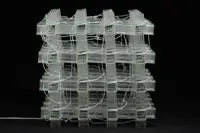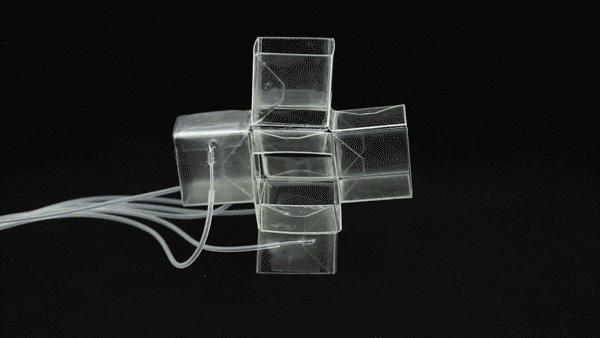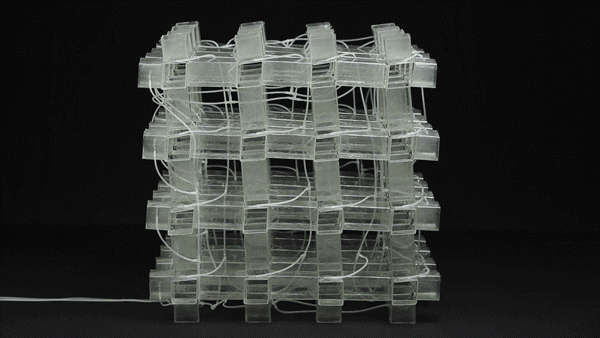Electronics News
Archive : 13 March 2016 год
 The MAOP-L284CN from MACOM is a silicon photonic integrated circuit featuring four high bandwidth Mach-Zehnder modulators integrated with four lasers operating at 1270, 1290, 1310 and 1330nm. The device also features a CWDM multiplexer and each channel is said to operate at data rates of up to 28Gbit/s.
The MAOP-L284CN from MACOM is a silicon photonic integrated circuit featuring four high bandwidth Mach-Zehnder modulators integrated with four lasers operating at 1270, 1290, 1310 and 1330nm. The device also features a CWDM multiplexer and each channel is said to operate at data rates of up to 28Gbit/s.
Called an L-PIC – laser photonic integrated circuit – by MACOM, the part links to a standard single mode optical fibre and includes integrated tap detectors for alignment, system initialisation and closed loop control.
Using MACOM’s Etched Facet Technology, lasers are attached to the silicon PIC, whose die measures 4.1 x 6.5mm. The only optical requirement for implementing the device into QSFP28 transceiver applications is an optical fibre aligned to the output edge coupler.
Author
Graham Pitcher
Source: www.newelectronics.co.uk
 Harvard researchers have designed a foldable material that they say can change size, volume and shape while being versatile, tunable and self actuated. The material is said to be able to fold flat to withstand the weight of an elephant without breaking, and pop right back up to prepare for the next task.
Harvard researchers have designed a foldable material that they say can change size, volume and shape while being versatile, tunable and self actuated. The material is said to be able to fold flat to withstand the weight of an elephant without breaking, and pop right back up to prepare for the next task.
The structure is inspired by an origami technique called snapology, and is made from extruded cubes with 24 faces and 36 edges. Like origami, the cube can be folded along its edges to change shape. The team claims to have demonstrated, both theoretically and experimentally - with a centimetre-scale prototype, that the cube can be deformed into many different shapes by folding certain edges, which act like hinges. The team embedded pneumatic actuators into the structure, which can be programmed to deform specific hinges, changing the cube’s shape and size, and removing the need for external input.

The team connected 64 of these individual cells to create a cube that can grow, and shrink, change its shape globally, change the orientation of its microstructure and fold completely flat. As the structure changes shape, it also changes stiffness - meaning a material could be made that is very pliable or very stiff using the same design. These actuated changes in material properties add a fourth dimension to the material. “We do not only understand how the material deforms, but also have an actuation approach that harnesses this understanding,” said Katia Bertoldi, Associate Professor at the John A. Paulson School of Engineering and Applied Sciences. “We know exactly what we need to actuate in order to get the shape we want.”
Prof Bertoldi added that the material can be embedded with any kind of actuator, including thermal, dielectric or even water.
Chuck Hoberman, of the Harvard Graduate School of Design, said: “This structural system has fascinating implications for dynamic architecture including portable shelters, adaptive building facades and retractable roofs. Whereas current approaches to these applications rely on standard mechanics, this technology offers unique advantages such as how it integrates surface and structure, its inherent simplicity of manufacture, and its ability to fold flat.”
The material is claimed to be scalable, the researchers say that it can be used from the nanoscale up to the metre-scale and could be used to form anything from surgical stents to portable pop-up domes for disaster relief.

Author
Tom Austin-Morgan
Source: www.newelectronics.co.uk

